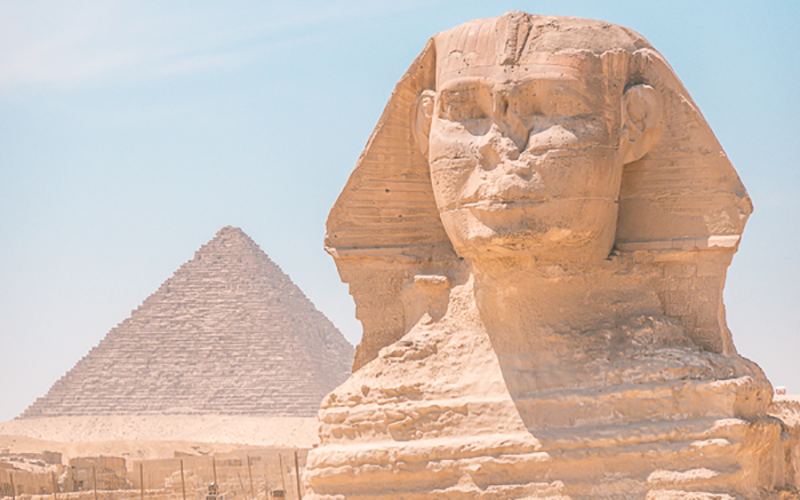
Cut into the mountainside of southern Egypt, the colossal Abu Simbel Temples are one of Egypt’s most spectacular treasures. The Architecture of Abu Simbel Temples features four seated colossi of Ramesses II, the largest being 20 meters high, safeguarding the entrance. Renowned for their gigantic statues of the pharaoh, their original location was accurately recreated in the 1960s after being relocated higher due to the construction of the Aswan High Dam.
As the sands of time drifted, the once majestic temples faded into obscurity. The Great Temple, engulfed by a vast sand dune, receded from memory. By the 6th century BC, the sand concealed the temple’s statues up to their knees, burying their grandeur and history of Abu Simbel Temple. Europeans remained oblivious to its existence until March 1813, when a Swiss researcher named Johann Ludwig Burckhardt stumbled upon the small temple and glimpsed the top frieze of the main temple.
Where is the Abu Simbel Temple Located?
The Abu Simbel temple stands in the village of Abu Simbel in the Aswan Governorate of Upper Egypt, close to the Sudanese border. Abu Simbel Temple Location rests on the western bank of Lake Nasser, roughly 230 km (140 mi) southwest of Aswan (about 300 km (190 mi) by road).
which pharaoh was ordered to build the Abu Simbel Temples in Aswan?
Commissioned by Pharaoh Ramesses II in the 13th century BC, they were dedicated to the ancient Egyptian gods Ptah, Amun, and himself as a form of sun deity.





Comment (0)